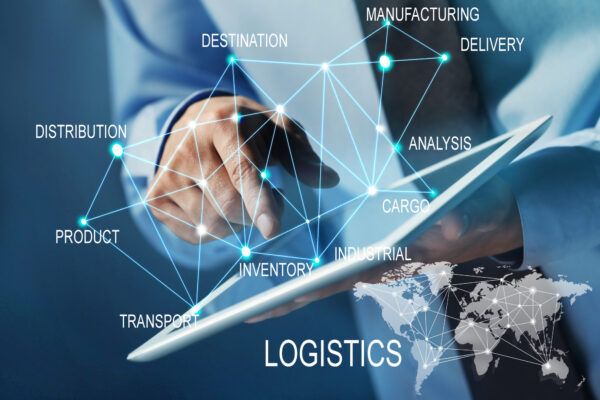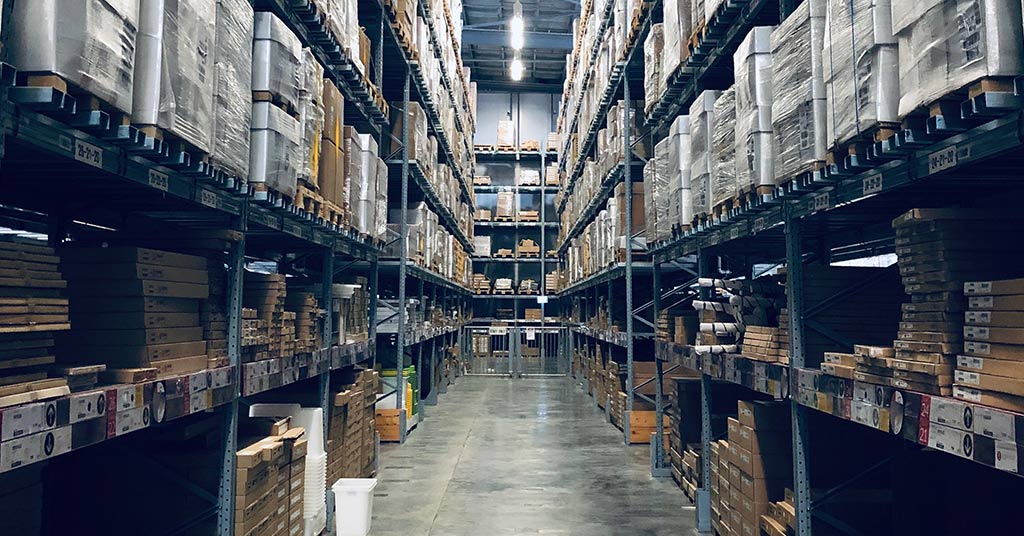The logistics and supply chain industry is one of the largest job sectors. It employs hundreds of thousands of people.
If you’re looking into the different types of logistics providers, then you might wonder about the difference between 3PL vs 4PL.
While it might seem overwhelming choosing between the two and understanding their differences, there’s hope.
This article will take a look at the difference between these providers. Read on to explore more about 3PL vs 4PL and get your items where they need to be on time.
The Difference Between 3PL vs 4PL
4PL logistics providers have much broader accountability and responsibility than 3PL providers. They tend to have a broad role when it comes to the supply chain.
They’ll work with you to create a cost-effective supply chain. Underneath 4PL you have warehouses, transportation, and other items that are moving.
Third party logistics companies have a fleet of trucks to transport your items from point A to B. They can outsource the logistics and operation of transportation.
3PL is a better option when you’re looking to focus on daily operations. 4PL providers are more for the integration and optimization level.
Providers in 3PL are more about managing certain parts of the supply process from within. Meanwhile, 4PL providers are more about having a single point of contact for your company’s supply chain.
You can experience the benefit of both of these providers. This is due to 4PL companies being able to coordinate the activities of 3PL providers.
Better Understanding 4PL
The manufacturers outsource the management of the supply chain. They offer supply chain management to customers in order for manufacturers to outsource logistics.
Services can include:
- Logistics
- Inventory planning
- Business planning
- Project management
- 3PL management
There’s a wide management of operations. Providers for 4PL tend to define the solution in order to meet the requirements of the business.
They can use automation and software in order to improve communication. The software that they use can increase visibility.
4PL Benefits
Since they work between the supply chain partners and the client, they evaluate and manage all parts of the clients’ operations. They’ll identify any weaknesses in order to improve the overall efficiency.
Since 4PL providers focus on communication and connections, you can count on them for your long-term needs. It often goes beyond short-term needs.
Better Understanding 3PL
A manufacturer will maintain the oversight of its supply chain. Logistics and outsourcing transportation will go to a 3PL provider.
3PL is more about having a focus on logistics. This can include inventory management, freight forwarding, picking and packing, inventory storage, etc.
They let you save money and time since you won’t have to invest in technology, transportation, warehouse space, and staff. These providers also offer you the option to scale transportation, labor, and space.
3PL Benefits
One of the top benefits of 3PL is the option for scalability. This allows you to scale transportation, space, and labor depending on the needs of your business.
These providers will also offer you the latest trends when it comes to technology, manufacturing, and logistics. The benefit of these providers is that while they’ll save you time and resources, they won’t take complete control over everything.
You’ll still have control over your logistics. They’ll help your business connect to a global market that has high returns and low risks. They can also take care of paperwork, billing, training, staffing, and optimization.
Since they have large amounts of resource networks, they’ll provide you plenty of benefits over in-house supply chains. They’ll help you to plan each step with cost-effectiveness and efficiency.
Similar to 4PLs, they can use their contact to secure different benefits for you. This can include volume discounts in order to have you receive fast services and lower costs.
The Disadvantages of 3PL
The disadvantages of 3PL include that they’re mostly only good for small to medium businesses. If your orders are low, then they can be expensive.
You’ll also have limited control over fulfillment and the customer experience. You won’t have as much control over the inventory either.
The Disadvantages of 4PL
4PL might be too expensive for startups and smaller businesses. You also won’t have much control over the processes of logistics or control over fulfillment.
Which Option Is Right for You?
While each has its own advantages and disadvantages, the right option for you will depend on your company’s size, infrastructure, budget, business model, and other factors. It’s up to you to decide what works best for your business.
When deciding which option is best for you, decide how much control you want to have over the process. If you want to control management and the evaluation of the different steps, then 3rd party logistics might be the best option for you.
How They Work Together
Providers that are switching from 3PL to 4PL must build trust in order to have a smooth transition. Transparency is vital for 4PLs, especially when they function as a 3PL as well.
In order to create trust, it’s a good idea to have confidentiality agreements. This will stop the sharing of data and information from customers.
Exploring the Differences Between 3PL vs 4PL
Now that you’ve explored this guide, you should have a better idea of the differences between 3PL vs 4PL. Take your time deciding which is the best option for your business and products.
Would you like to read more informative content and how-tos? We can help!
Check out our other articles today. From educational how-tos to complete guides, we have you covered.











